The Focke-Wulf Fw 190 is considered to be the best fighter Germany’s produced during the war, and for good reason.
The Focke-Wulf Fw 190 Würger (Shrike in English) has become one of the most iconic military aircraft in world history since it first inspired fear in the Allied forces throughout all of World War II. Named for the shrike (nicknamed the “butcher bird”), a small carnivorous bird of prey known for impaling its prey on spikes, the Fw 190 was one of the only radial engine fighter aircraft used in Europe at the time. Though used successfully by the US Navy, many aeronautical engineers in Europe believed that radial engines on small planes, such as fighters, would cause excessive drag and hinder their effectiveness in aerial combat. Kurt Tank, the designer of the history-making Fw 190, would prove them otherwise when his design would go on to become the favorite of Germany’s highest scoring Luftwaffe fighter aces.
General Characteristics of the Focke-Wulf Fw 190

According to an account provided by Stephen Sherman of Hermann Krafft’s I./JG.51 fighter pilot’s experience with the airplane1, “The pilot climbed into the Focke-Wulf using retractable stirrups and handholds. Inside the cockpit, he saw many familiar controls, similar to those in the BF 109, plus many new electric devices, notably the Kommandogerät, a primitive computer that automatically set propeller pitch, air/fuel mix, and RPM. Electric motors also raised and lowered the landing gear and controlled the flaps. Other buttons armed the guns, with a required three-second delay between each pair, so as not to overload the battery.”
Sherman also notes that the plane’s ground handling was considered a “mixed bag.” With the main gear hinged in the wings to retract toward the fuselage, and a semi-retractable tailwheel, the Fw 190’s wide track provided pilots with excellent stability on the ground. However, the combination of a tailwheel configuration and the large radial engine greatly limited the pilot’s view while taxiing, which led to accidents. According to Greg Goebel, because of this limited view, “Pilots would learn to taxi with a ground crewman sitting or lying on the wing to give them directions.“2
The engineers and draftsmen who worked ceaselessly on improving the already formidable Fw 190 focused on eliminating the pilot’s workload in any way possible, which included innovations like the aforementioned Kommandogerät, as well as minimizing the pilot’s need to adjust the aircraft trim at varying speeds. Records show that they were so successful in this that they were able to completely eliminate in-flight aileron and rudder trim controls, leaving the pilot only the responsibility of adjusting the elevator trim, which was accomplished with an electric motor tilting the entire horizontal tailplane, shifting the angle of incidence across a range of −3° to +5°.3
In-Flight Comparison to Other WWII Fighters
In an interview with Warbirds News4, Ray Fowler, airline pilot, and fighter pilot for the Air National Guard, who has been deployed on multiple combat tours in Iraq as part of Operation: Iraqi Freedom, discussed flying a Focke-Wulf Fw 190 on behalf the Military Aviation Museum. Fowler flew the Fw 190, which was sold to the Tillamook Air Museum, from Virginia Beach, VA to Tillamook, OR, a 3,040.5 mile flight, over the course of a few days.
Fowler also noted the ground handling, saying that the Fw 190 was very “squirrel-y” on the ground, but once it’s in the air, it’s a “great flying machine” that’s “very maneuverable, very crisp, it’s a pleasure to fly, and performs great at aerobatic maneuvers.” Fowler, who has also has experience flying the P-51 Mustang, said that he felt the Mustang was more powerful and “stronger” in general, but that may be because he has much more experience flying the P-51.
Both German and Allied pilots reported similar things. The Fw 190 could outperform the Royal Air Force’s front-line fighter, the Spitfire Mk. V (in all but turn radius), and Axis pilots who flew both the Messerschmitt BF-109 and the Fw 190 preferred the latter for its increased firepower and maneuverability. The lifted nose and bulky cowling helped to protect the pilot, and the air-cooled radial engine often allowed the aircraft to sustain more bullet hits before taking more serious damage compared to the liquid-cooled Spitfires and P-51 Mustang. (During the war, air cooled systems proved more resilient than liquid cooled systems, as in the case of the latter, a single bullet strike could puncture and drain the cooling system, eventually causing the engine to seize or catch fire.)
Exploring the life of ace pilot Lydia Litvyak, The White Rose of Stalingrad
Lydia Litvyak was born with a rebellious spirit and found her way to a local flying club at the age of 14, soloing for the first time at 15, and graduating from the Kherson military flying academy shortly after. By then, she had a serious obsession with flying and had become a flight instructor at the nearby Kalinin Air Club, where she would train over 45 new pilots. [Read More]
However, as Fowler mentioned in his interview, the Germans had some serious troubles with the Fw 190’s engine at first. Performance drastically began to decrease starting at altitudes over 20,000 feet, which their engineers repeatedly tried to remedy with the turbo-supercharged models B and C, and finally hit the nail on the head with the turbocharged Junkers Jumo 213 in the D series. Luckily for the Allied forces, this improvement arrived late enough in the war to avoid causing any real damage.
The Allied pilots who flew the Fw 190 (after a German Oberleutnant accidentally landed one at a British airfield5) felt that the Fw 190 was very responsive and well laid out, but were not fans of the Kommandogerät system or the comparatively tiny cockpit. Fowler had the same experience, noting that his main problem with the aircraft is that “the cockpit is very small compared to other warbirds,” especially the P-51, which he mentioned had a very roomy cockpit.
He adds that the tail-heavy nature of the Fw 190, as well as the lifted nose, also made it very difficult to land. “You have to be very careful. [It launches] itself back into the air. You’re just hanging on for landing. It finally settles down, and the brakes are very good, so that helps too.” Although, due to the very things that made it difficult to land (the weight distribution and big nose), pilots who had to make belly landings often walked away unharmed.
Focke-Wulf Fw 190 Variants

The Focke-Wulf Fw 190 went through dozens of variants and types/subtypes over the four years it was produced (1941-1945)2, 3. Some of the most iconic and important variants of the Fw 190 include the Fw 190A-8/R-8, the Fw 190 D-9, and the Fw 190 F-8.
But in order to make it to the production stage, the Fw 190 had to overcome a number of prototype problems. The first prototype, the Fw 190 V1 (which stands for “Versuchs 1”, with ‘versuchs’ being the German word for experiment or experimental) was flown by German test pilot Hans Sander on June 1, 1939. Designer Kurt Tank, who was also a skilled pilot, joined in the flight testing as well. It was during this period that Tank is said to have given the aircraft the Würger/Shrike nickname.
They ran into problems, including the landing gear failing to lock into place after it was raised, carbon monoxide fumes being leaked into the cockpit, and overheating problems with both the engine and the cockpit. The landing gear and carbon monoxide leaks were both worked out in short order, but the pair of overheating problems were much harder to fix.
During the first test flight, the cockpit got up to a toasty 131 degrees Fahrenheit (55 degrees Celsius), causing Sander to compare sitting in the cockpit to “…sitting with both feet in the fireplace.” Despite the problems, the V1 impressed both the Luftwaffe pilots and Reichsmarshal Hermann Goering, pushing production and testing forward. Both the V1 and the V2 prototypes sported a BMW 139 engine, which the Focke-Wulf team knew wasn’t the long term solution from the beginning, a fact which was emphasized to them after the engine’s crankshaft broke on the V2 after 50 hours of flight tests, causing the aircraft to crash.
The V3 and V4 prototypes were then canceled, and the V5 was fitted with the air-cooled 14-cylinder BMW 801 engine, which provided 1,600 hp. It also provided about 1600 pounds (635 kg) of additional weight, causing the engineers to shift the cockpit back further along the fuselage in order to maintain a center of gravity. This move turned out to be beneficial in reducing the cockpit overheating problem, but the weight increase also meant less agility and higher wing loading, so after the V5 suffered a collision with a ground vehicle the necessitated major repairs, the engineers took the opportunity to rebuild it with both larger wings and a modified tailplane. This provided the aircraft with improved handling.
By this point, the Luftwaffe was reviewing/evaluating pre-production models sporting the new BMW 801 engines. Frustratingly, they found that the aircraft were prone to engine failures and fires, and most pilots were not willing to fly more than a short distance from their airfields.
This caused arguments between the Focke-Wulf team and BMW, each side trying to assign blame to the other, with the Reichsluftfahrtministerium (the ministry of aviation, with the much more manageable abbreviation of RFL) eventually threatening to shut down the program. As this would benefit no one, the two sides got to work, and after a series of at least 50 engine modifications that fixed the problems, the Focke-Wulf Fw 190 was finally, officially approved for production.
The first production models (A-1) of the single-seat, air-cooled Fw 190 was powered by the BMW 801C engine and was armed with four rifle-caliber MG 17 7.9 mm machine guns. Two of the guns were located in the top of the engine cowling, and one in each of the wing roots and all fired through the propeller’s arc. Deliveries of the A-1 began in June 1941, with roughly 100 of this first model being built. The initial armament for the A-1 models was considered light, and it was one of the first things to be upgraded in subsequent models.
Now, of the main Fw 190 production series (A, D, and F/G), the A series aircraft were the most produced, with 13,291 reportedly being built. However, a few factors make providing totally accurate production numbers more difficult, especially between the different models in each series. First, as the current model was changed on the production line, it was a somewhat common practice for older variants to be converted, so an A5 might become an A7 or A8. This held even more true for aircraft undergoing repairs for battle damage, and they were upgraded to the current version the factory was producing at the time of repair.3
Second, full documentation from all Focke-Wulf airframe factories and companies that were building the aircraft under a license is not available. In addition, it’s not known how many airframes were assembled at specialty workshops who were focused on building variants suited to a specific purpose, particularly for F-series aircraft.6
And third, many of the planes were assembled in field workshops, where airframe parts and engines were recycled from airplanes that had been retired from service. A plane with a damaged airframe but with wings intact might donate those wings to another aircraft. And that aircraft may also be sporting an engine or tail section from other aircraft. These new composite planes then received a unique serial number, and after a test flight were sent out into the field.6
As many as 20,000+ total Fw 190 aircraft may have been built3, though according to writer Joe Baugher, “the number of Fw 190 fighters produced with radial engines can be estimated to 17,000 planes minimum. Some authors quote higher numbers, but because each source is different, these numbers are not credible.“6
Focke-Wulf Fw 190 A-8/R8: The Sturmböcke
The A-8 model was the most popular Fw 190 variant. The exact number produced ranges widely depending on the sources, with numbers ranging between 1,334 and 6,655 A-8 airframes produced. The A-8 model was armed with four 20 mm MG 151 machines guns, two mounted in the wing root and two mounted on the outer wing. It also featured another important improvement, the option for either an additional internal fuel tank or a GM-1 nitrous oxide engine boost to help the aircraft perform better at high altitudes.
Additionally, the various Fw 190 aircraft could be fitted with Rüstsätze, or field modification kits that generally included extra armament in the form of cannons or machine guns, to be mounted in the underwing gun pod, bomb and drop tank fittings, though they could also include extra armor, fuel, and electrical system upgrades. The Fw 190 had many different Rüstsätze, and variants that were outfitted with a kit were had an R designation added to their name.7
The Fw 190A-8/R2 and A-8/R8, referred to as the Sturmböcke, were two of the most popular variant/kit combos, designed to destroy bomber formations. The R2 replaced the A-8s outer wing 20 mm guns with two 30mm MK-108s, an autocannon capable of 650 rounds/minute. The A-8/R8 added the MK-108s as well, while also adding 30mm canopy and windscreen armor and 5 mm cockpit armor.
Fortunately for the Allied fighters, the additional armor and heavy caliber firepower reduced maneuverability, making them more vulnerable to agile RAF and USAF fighters. To compensate for that vulnerability, the Luftwaffe deployed the Sturmböcke aircraft using the Sturmgruppe tactic, where the heavier Sturmböcke were paired with Messerschmitt BF 109s that were optimized for engaging the Allied fighters.
Richard Franz, a Luftwaffe flying ace who flew the Fw 190 among other aircraft commented, in regards to engaging the Allied forces, “When we made our attack, we approached from slightly above, then dived, opening fire with 13mm and 20mm guns to knock out the rear gunner and then, at about 150 metres, we tried to engage with the MK 108 30mm cannon, which was a formidable weapon. It could cut the wing off a B-17. Actually, it was still easier to kill a B-24, which was somewhat weaker in respect of fuselage strength and armament. I think we generally had the better armament and ammunition, whereas they had the better aircraft.”
Design Characteristics for the Focke-Wulf Fw 190 A-8
| Length | 29 feet, 5 inches (9 m) |
| Wingspan | 34 feet, 5 inches (10.51 m) |
| Height | 13 feet (3.95 m) |
| Wing Area | 197 feet2 (18.3 m2) |
| Empty Weight | 7,650 lbs. (3470 kg) |
| Max Take-off Weight | 10,800 lbs. (4900 kg) |
Performance Specs for the Focke-Wulf Fw 190 A-8
| Max Speed | 408 mph (656 km/h) |
| Range | 500 miles (800 km) |
| Service Ceiling | 33,80 feet (10,300 m) |
| Rate of Climb | 2,953 fpm (15 m/s) |
| Wing Loading | 49.4 lb/ft² (241 kg/m2) |
The Focke-Wulf Fw 190 D-9: Dora
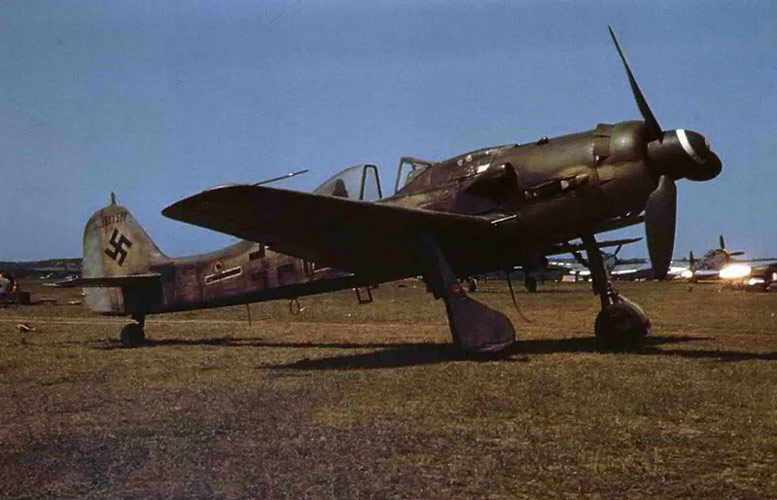
The ninth incarnation of the Fw 190 D series (with what exactly happened to codes D1 – D8 being something of a mystery), nicknamed Dora, is generally considered to be the best propeller-driven WWII German fighter at mid-to-low altitudes and by many modern warbird enthusiasts, it’s considered to be the most attractive. One of the biggest changes from earlier FW 190 models was the Jumo 213A inline engine, and transitioning away from the bulky, open radial style to the more aerodynamic domed cone-shaped nose. Instead of focusing on armor and heavy caliber artillery (which is not to say it didn’t have any; the Fw 190 D-9 was equipped with two cowl-mounted 13mm MG 131 heavy machine guns, as well as two 20mm MG 151/20 autocannons in the wingroot, with all four weapons synchronized to fire through the propeller arc), the Fw 190 D-9 excelled in maneuverability and speed. In addition to the impressive speed, it had superior climb rates and generally handled better than both its predecessors and enemy competition, proving to be a strong opponent to the P-51s and later model Spitfires.
However, though the D-9 was produced in good numbers starting in August 1944, Nazi Germany was starting to fall apart, and there weren’t enough pilots or fuel, and many of the D-9s that were built never actually saw combat.
Design Characteristics for the Focke-Wulf Fw 190 D-9
| Length | 33 feet, 5.5 inches (10.2 m) |
| Wingspan | 34 feet, 5 inches (10.51 m) |
| Height | 11 feet (3.35 m) |
| Wing Area | 197 feet2 (18.3 m2) |
| Empty Weight | 7,694 lbs. (3490 kg) |
| Loaded Weight | 9,413 lbs. (4270 kg) |
| Max Take-off Weight | 10,670 lbs. (4840 kg) |
Performance Specs for the Focke-Wulf Fw 190 D-9
| Max Speed (21,655 feet / 6,600 m) | 426 mph (685 km/h) |
| Max Speed (36,000 feet / 11,000 m) | 440 mph (710 km/h) |
| Range | 519 miles (835 km) |
| Service Ceiling | 39,370 feet (12,000 m) |
| Rate of Climb | 3,300 fpm (17 m/s) |
| Wing Loading | 47.7 lb/ft² (233 kg/m2) |
271 Days of Combat
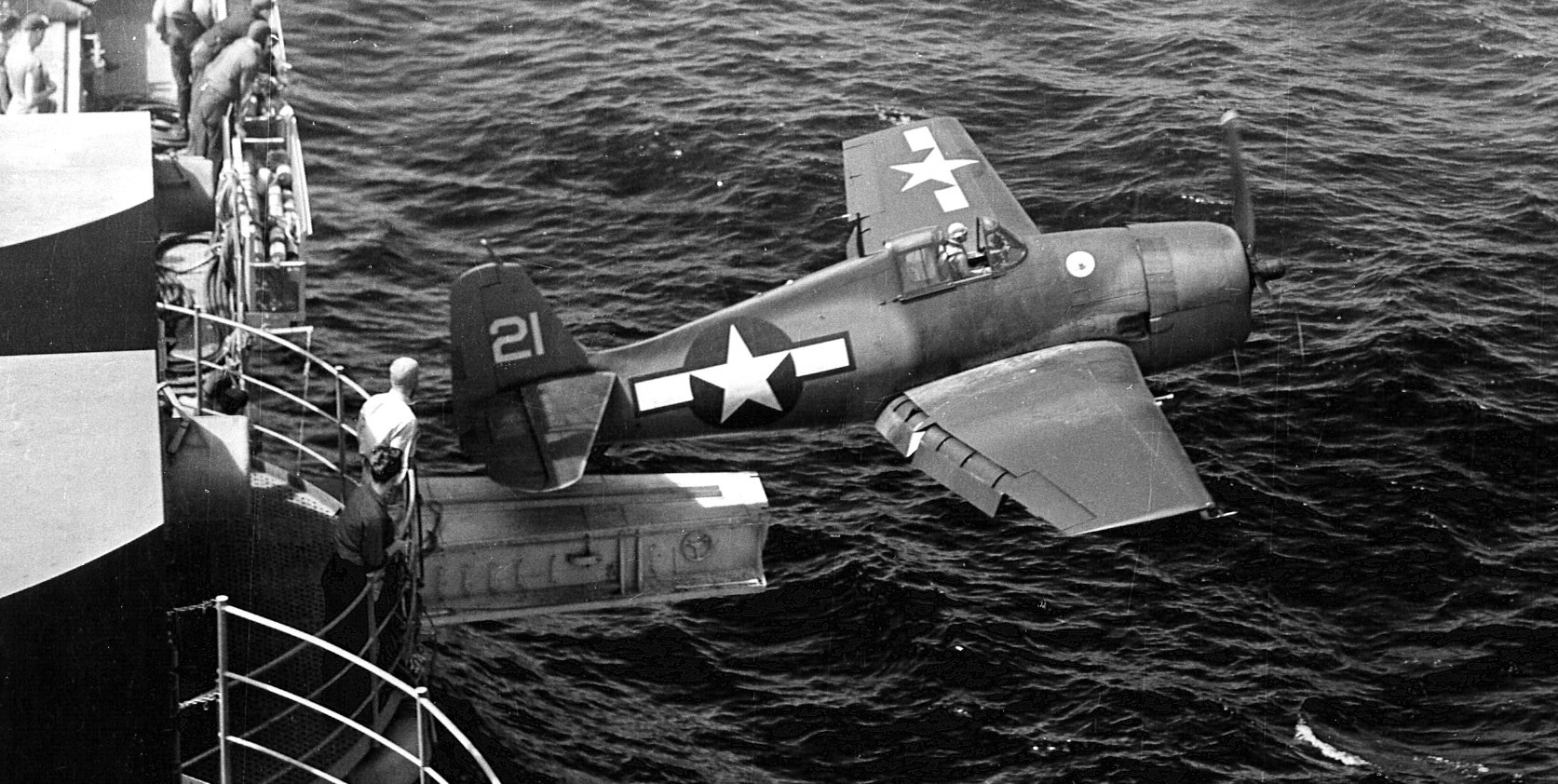 How many people can say their work has changed the face of their home state? And of those, how many can say they did something that substantially affected world history by saving the life of a future president? Nathaniel J. Adams could have said that. But he preferred action to speeches. His deeds during WWII reveal a young man 100% committed to his comrades and country. And when he returned from battle to his Idaho home, Nat Adams commenced upon an [Read more…]
How many people can say their work has changed the face of their home state? And of those, how many can say they did something that substantially affected world history by saving the life of a future president? Nathaniel J. Adams could have said that. But he preferred action to speeches. His deeds during WWII reveal a young man 100% committed to his comrades and country. And when he returned from battle to his Idaho home, Nat Adams commenced upon an [Read more…]
The Focke-Wulf Fw 190 F-8: Ground Attack
The Fw 190 F series were A series aircraft that were designed as close support aircraft on the battlefield. (The long range attack G series came about after engineers focused on increasing the range of the F series aircraft.) The first Fw 190F configuration was originally tested on an Fw 190 A-0/U4 model. Much like the Rüstsätze, there were also Umrüst-Bausätze kits that served the same purpose, with the difference being that the Umrüst-Bausätze kits were generally factory fitted.

Early tests with centerline and wing-mounted bomb racks were successful, and so the plane’s further development was given the green light. New armor was added to the bottom of the fuselage and cowling to protect the fuel tanks and pilot from ground fire, as well as a stronger landing gear to support greater take off loads, and outer wing mounted armament. This new configuration, A-4/U3, was eventually redesignated the Fw 190 F-1 and started the series.
For the F-8 aircraft (based off the popular A-8, and like that model, also the most produced F-series variant), the compressor had an improved fuel injection system that allowed limited performance improvements at low altitudes, as well as new FuG 16 ZS radio unit, which allowed for better communication with friendly ground troops. The FW 190F-8 had similar firepower as the FW 190A-8/R8, with two 20 mm MG 151/20 cannons mounted in the wing roots and two 13 mm (.51 in) MG 131 machine guns mounted above the engine. Specialized Rüstsätze and Umrüst-Bausätze kits added bomb racks and/or additional fuel tank capacity, to give them additional range or stronger ground attack capability. In 1944, the Luftwaffe also explored various missile launching systems on the F-series in order to create a more effective anti-tank aircraft to help combat Soviet tanks on the Eastern Front.
Final Thoughts on the Focke-Wulf Fw 190 Würger
The Focke-Wulf Fw 190 is remembered today as one of the fiercest and terrifying fighters, and it filled a wide variety of military uses such as aerial combat, ground attacks, and bomber destroyers.
Kurt Tank, the creator of the Focke-Wulf Fw 190, described his design philosophy as recorded in Alfred Price’s 2009 historical account, Focke Wulf: Fw 190 in Combat as follows,

“The Messerschmitt 109 and the British Spitfire, the two fastest fighters in world at the time we began work on the FW 190, could both be summed up as a very large engine on the front of the smallest possible airframe; in each case armament had been added almost as an afterthought. These designs, both of which admittedly proved successful, could be likened to racehorses: given the right amount of pampering and easy course, they could outrun anything. But the moment the going became tough they were liable to falter. During World War I, I served in the cavalry and in the infantry. I had seen the harsh conditions under which military equipment had to work in wartime. I felt sure that a quite different breed of fighter would also have a place in any future conflict: one that could operate from ill-prepared front-line airfields; one that could be flown and maintained by men who had received only short training; and one that could absorb a reasonable amount of battle damage and still get back. This was the background thinking behind the Focke-Wulf 190; it was not to be a racehorse but a Dienstpferd, a cavalry horse.”
Featured Image: Captured Focke-Wulf Fw 190 A-5 in flight, in US Navy colors, photo courtesy of the US Navy.
Footnotes and References:
1 – Focke-Wulf Fw 190: Germany’s Radial Engine Fighter of WWII, Stephen Sherman, August 2003, Retrieved 3-3-17
2 – The Focke-Wulf Fw 190, Greg Goebel, v1.0.8 / 10-1-16, Retrieved 3-13-17
3 – Focke-Wulf Fw 190, Wikipedia, Retrieved 3-13-17
4 – Flying The Focke-Wulf FW-190, Warbird News, 9-22-13, Retrieved 3-13-17
5 – The RAF had been planning Operation AIRTHIEF to steal a Fw 190 when this accidental landing took place on June 23, 1942. The A-3 that Oberleutnant Armin Faber provided to the allies pushed the British to try and match the Fw 190 with the Spitfire Mk. IX, which was a Spitfire V equipped with a ‘Merlin 61’ engine that had a two stage supercharger. And while the initial Mk. IX’s had a rough time, the model eventually proved to be a strong opponent for the Fw 190.
6 – Modeller’s Guide to Focke-Wulf Fw 190 Variants Radial Engine Versions Part II, Joe Baugher, 2004, Retrieved 3-16-17
7 – Rüstsatz, Wikipedia, Retrieved 3-17-17











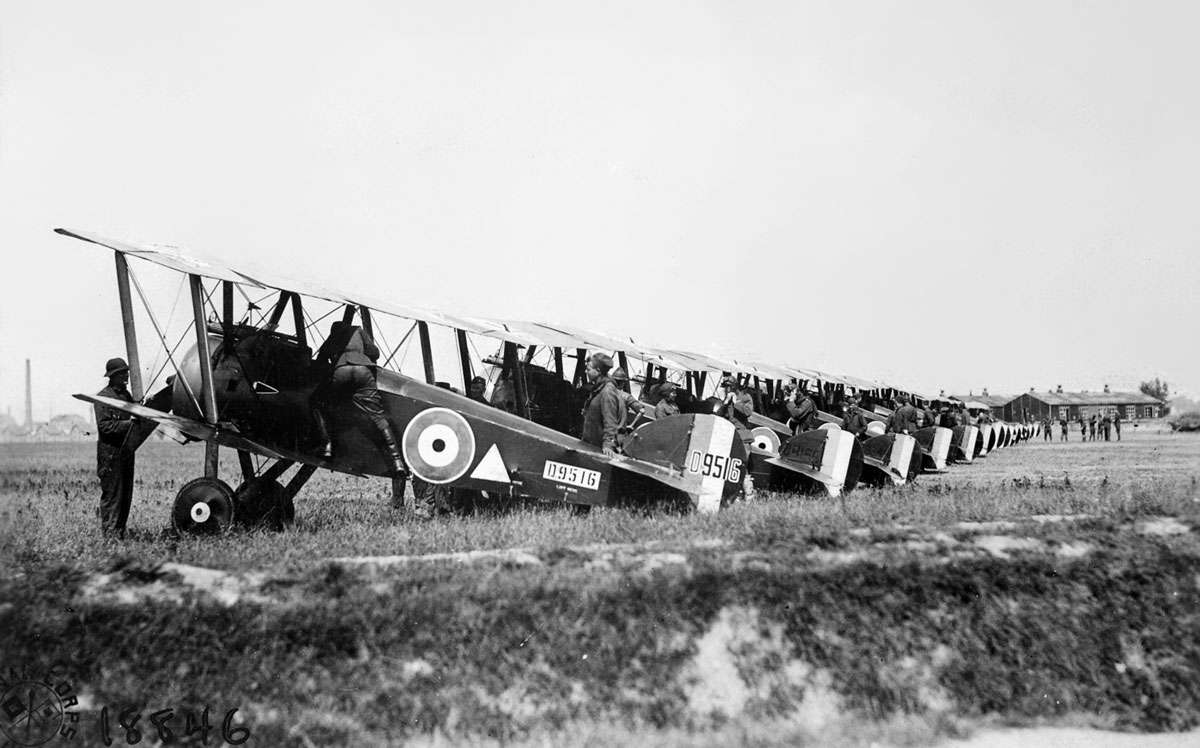
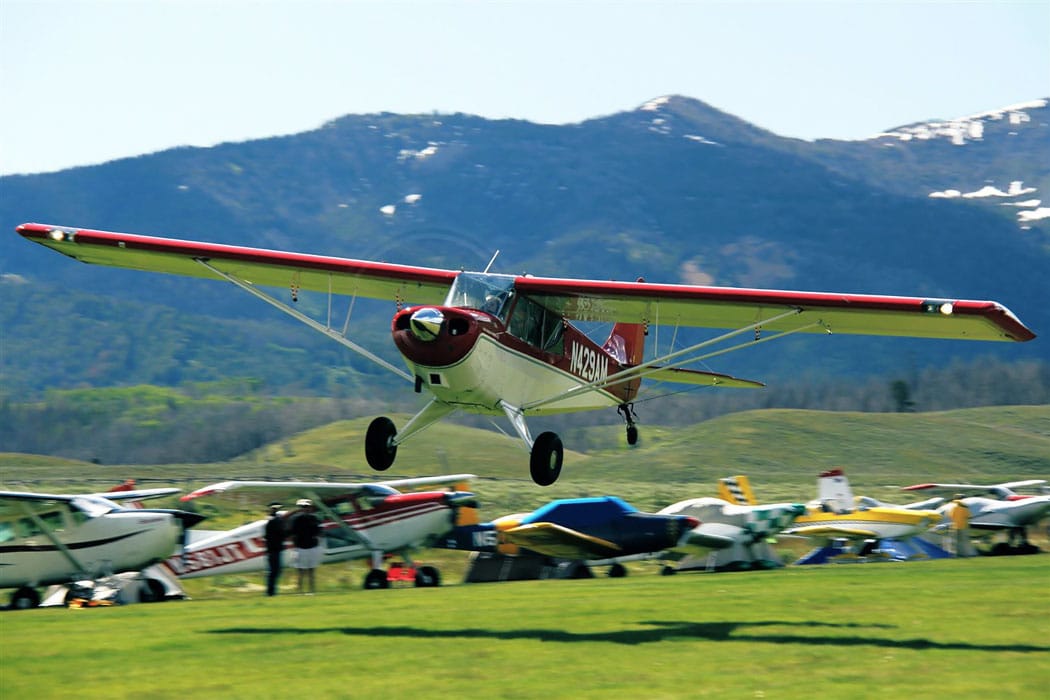



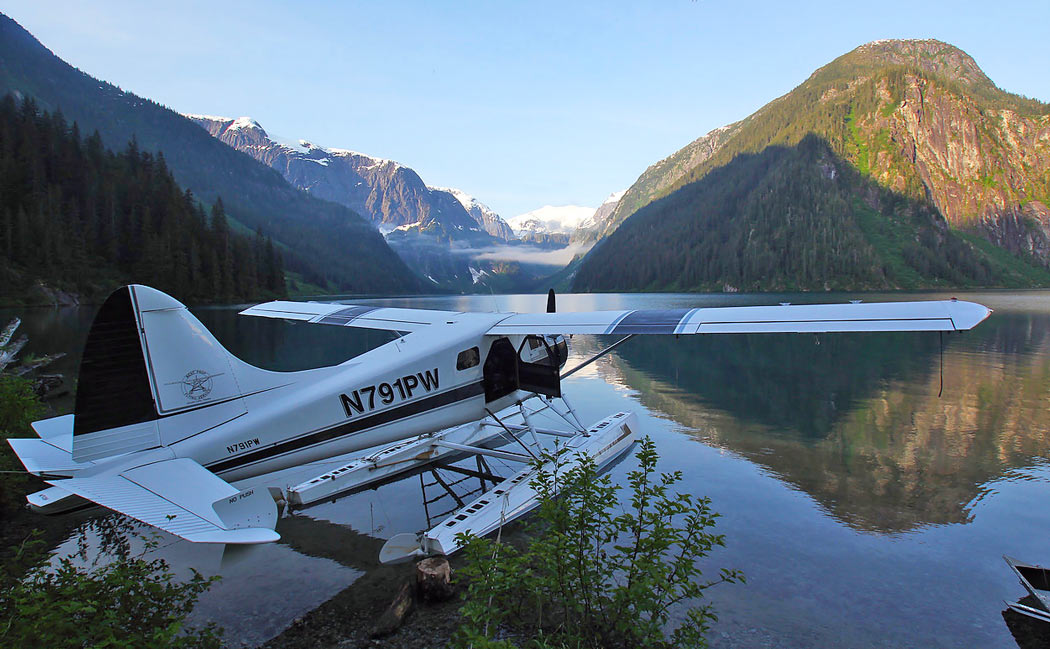
Great storry exept for the statement that the 190 was the only radial engine fighter the is wrong, well know P-47 was a radial.
Charlie,
That would be wrong were it what Carly said. What she said was “…the Fw 190 was one of the only radial engine fighter aircraft used in Europe at the time. Though used successfully by the US Navy, many aeronautical engineers in Europe believed that radial engines on small planes, such as fighters, would cause excessive drag and hinder their effectiveness in aerial combat…”
I have some Focke Wulfe FW 190 parts. Does anyone have a contact for me that might be interested?
Usa figbter also had wide use of gyrogunsights a boon to avetage fighter pilots germans had same but in very small numbets usa also had use of pressure suits for high.Gs but LW trainning was abysmal late war a deciding factor read chuck yeager
The Spitfire XIV and Tempest V were superior to the 190D in all aspects. As usual, the research that went into this is totally inaccurate.
Butcher Bird rad; Brits big sad.